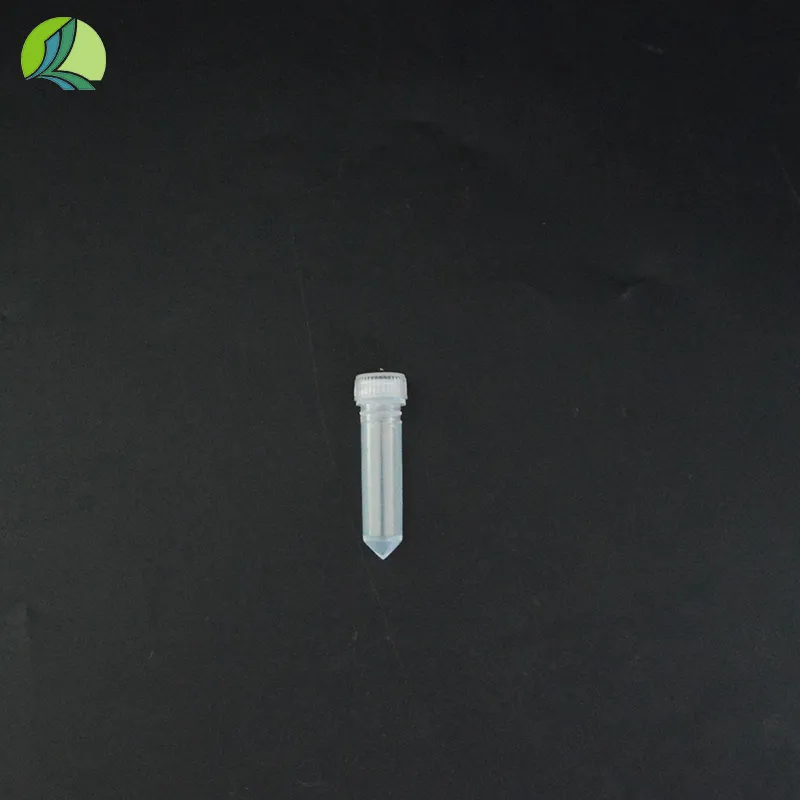https://www.wahmg.com/)">
Urine Centrifuge Techniques for Enhanced Sample Analysis and Diagnostic Accuracy
Urine Centrifuge Techniques for Enhanced Sample Analysis and Diagnostic Accuracy
Understanding Urine Centrifugation A Key Process in Medical Diagnostics
Urine centrifugation is an essential laboratory technique that plays a critical role in medical diagnostics. This process involves the separation of urine components through the application of centrifugal force, allowing healthcare professionals to analyze and interpret various elements within urine samples. Understanding the significance and methodology of urine centrifugation is vital for both laboratory technicians and physicians in diagnosing a wide range of medical conditions.
Understanding Urine Centrifugation A Key Process in Medical Diagnostics
The spinning action creates a force that causes denser components to settle at the bottom of the sample container, forming what is known as a precipitate. This precipitate is primarily comprised of cells (such as red and white blood cells), bacteria, and other sediment. The supernatant, the liquid above the precipitate, contains dissolved substances, many of which can provide important diagnostic information. By analyzing both the precipitate and the supernatant, clinicians can gain insights into various health conditions.
urine centrifuge

One of the most common uses of urine centrifugation is in the diagnosis of urinary tract infections (UTIs). Upon centrifugation, the presence of bacteria in the sediment can be easily identified, along with an increased number of white blood cells, indicating an inflammatory response. Additionally, urine centrifugation helps detect conditions such as kidney stones, hematuria (blood in urine), and proteinuria (excess protein in urine), which can indicate kidney disease.
The process of urine centrifugation is relatively simple, but it is crucial to adhere to specific protocols to ensure accuracy. The centrifuge must be calibrated correctly, and samples should be spun at the appropriate speed and duration, usually around 1500 to 2000 RPM for 5 to 10 minutes. Care must be taken to prevent contamination, and all specimens should be processed promptly to avoid alterations in their composition.
In recent years, advancements in technology have further enhanced the effectiveness of urine centrifugation. Automated systems now allow for high-throughput processing of samples, reducing the risk of human error and increasing efficiency. Moreover, the integration of sophisticated imaging technologies can help in the identification of crystals or other abnormalities in the sediment, providing more comprehensive data for diagnosis.
In conclusion, urine centrifugation is a fundamental laboratory technique that aids in the diagnosis of various health conditions. Through the separation and analysis of urine components, this process yields valuable insights into a patient's health status. As technology continues to evolve, the accuracy and efficiency of urine centrifugation will likely improve, further solidifying its importance in the medical field. Understanding this technique not only enhances the capabilities of healthcare professionals but also contributes to better patient outcomes through timely and accurate diagnosis.
-
Wholesale Plastic Juice Bottles with Caps 16 oz Options Available Bulk Packaging SolutionsNewsJun.10,2025
-
Laboratory Apparatus Reagent Bottle – Durable & Chemical Resistant Bottles for Safe StorageNewsJun.10,2025
-
Squeezable Dropper Bottles Durable, Leak-Proof & CustomizableNewsMay.30,2025
-
Affordable Plastic Petri Plates Sterile & Disposable Lab-GradeNewsMay.30,2025
-
Eye Dropper Caps Precision 24/410 & Plastic Bottle-Compatible TipsNewsMay.30,2025
-
Affordable Mini Spray Bottle Price & Wholesale Deals Shop NowNewsMay.29,2025





















